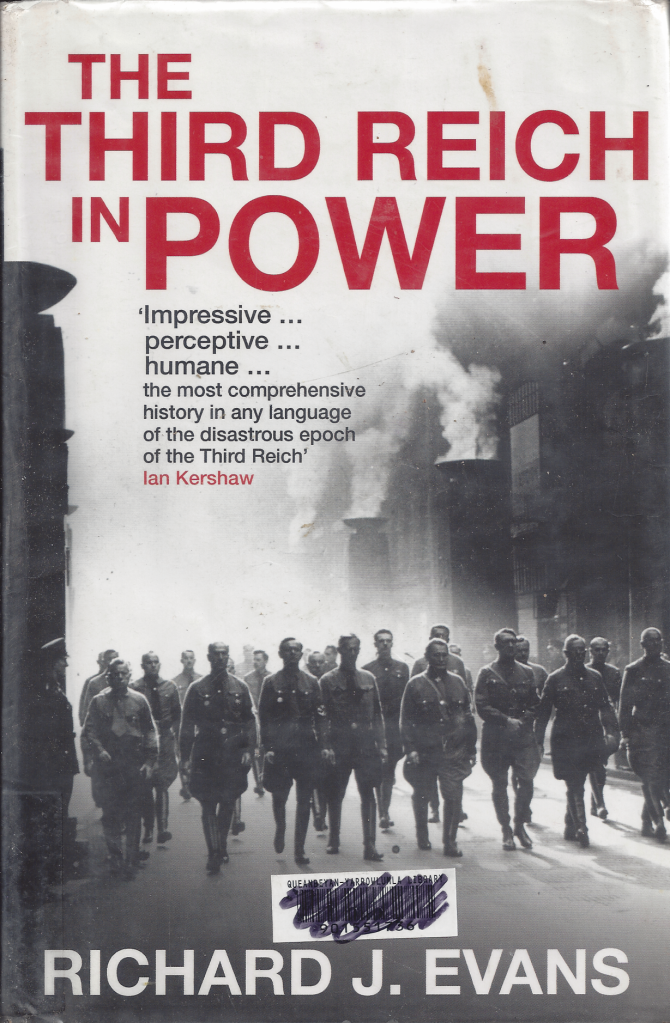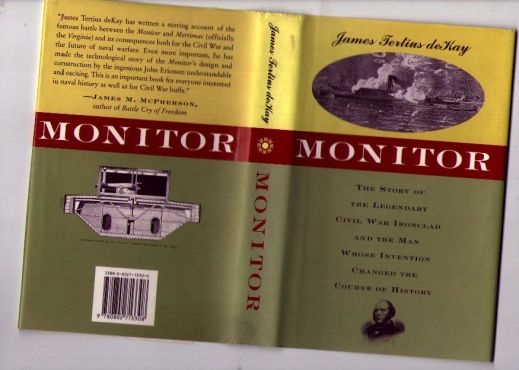The Third Reich in Power
Richard J Evans
This is the second of three volumes. The first chronicles the rise to power, the third the war; this is 1933 and the seizure of power through to the start of the war.
It is thorough and interesting. Possibly one if its most interesting aspects is the insight it gives into how the Nazis held onto power when they were so extreme and so bad for so many.
We look back and ask, “How could that happen?” Especially if you’ve grown up in a liberal democracy, the rise of the Nazis, the lack of meaningful opposition to them, the way the nation followed them into a war and all the way into complete destruction — it all seems strange. Yet who among us would be prepared to rise against our own government in armed opposition? Would we be sure that it was the right thing to do? Who is willing to march at the front of that demonstration and take the bullets so the others can be free? Some people, yes — but enough? Add to that the undoubted brutality of the brownshirts and the bogey men that the SS and Gestapo became (and the disappearances of people into the concentration camps). Add to that the jobs that rearmament created. Yes, they were lousy jobs with long hours and low pay, but they were seen in contrast to the lack of any work during the Depression. Add to that the international successes that Hitler accrued — the Saar, the Rhineland, Austria, the Sudetenland, Czechoslovakia, Memel — and the pride that he gave back to many Germans … and you see a situation in which by the time the case for meaningful opposition had become incontrovertible, nothing short of a full rebellion by the army could have stopped the coming catastrophe.
And the army … well … loyalty, confusion, greed, bribery, scandal, indecision … and Hitler had them in the palm of his hand.
It’s not a good thing if an army is too ready to throw out a legitimate (at first) government. But it is tempting to believe that one great German general in the right place at the right time could have stood up.
A very useful book if you want to understand a very important time and place.







